This website uses cookies to ensure you get the best experience on our website. Terms of Use.
Accept CookiesFor better user experience, please use another browser.
Tsavo Conservation Area, Southern Kenya
Tsavo West National Park – WDPA ID: 19564
Tsavo East National Park – WDPA ID: 752
The Tsavo Conservation Area is vast spanning 48,000km2. It incorporates Kenya’s largest Protected Areas; Tsavo East, Tsavo West and Chyulu Hills National Parks, which make up 49% of Kenya’s Protected Areas network and cover 24,000km2. The remaining areas, consisting of ranches, private and communal lands forming important “buffer zones” for wildlife dispersal. This brings significant challenges for local communities, particularly vulnerable members, who lose subsistence livelihoods when wildlife raids their crops or kills their livestock.
The Management Effectiveness Tracking Tool was applied to the Tsavo Conservation Area in 2015. The area was designated an IUCN category II for values including the high number of endangered species (including 18% of Kenya’s total black rhino population – a Key 1 site); Kenya’s largest single elephant population (approx. 15,000); the area’s diverse landscapes; and the national and local economic benefits that the area generates. Tsavo plays a critical role in providing ecosystem services to benefit local communities and societies. Nature and these ecosystem services, which include water storage and provision, food provision, and carbon sequestration, provide the foundations for sustainable development, underpinning our societies and economies. Many of the local communities surrounding the Tsavo National Parks have limited economic opportunities, unfavourable agricultural conditions and lack basic governmental services; forcing some individuals to turn to illegal activities to survive. Consequently, Tsavo faces many threats including: poaching for bushmeat and ivory/horns for the Illegal Wildlife Trade; mega infrastructure developments; habitat destruction; constant Human Wildlife Conflict and climate change challenges. The impacts of Covid-19 have exacerbate these pressures on Tsavo.
Maintain livelihoods and/or enhanced resilience of local communities to major shocks caused by COVID pandemic, whilst effectively contributing to protected area management.
The impacts of Covid-19 are devastating, particularly for vulnerable communities in developing countries where there is no resilience and social welfare support and healthcare is lacking. This is the situation facing the Kamungi community in southern Kenya, where poverty levels are 87% (36.1% Kenya national average). With no end in sight and global economies likely to take years to recover, there is an urgent need to support the most vulnerable members of society.
As a lower middle-income economy, Kenya’s capability to respond to this global pandemic is limited. Given tourism generates 1.1 million jobs, the sudden hiatus of this sector presents enormous social and economic pressures. As many people live hand-to-mouth, and with poverty rates at 36.1% of the population (pre Covid-19), Kenyans are particularly vulnerable to these impacts over an extended period. This is particularly true for rural communities, such as the Kamungi community of Tsavo, where only 10% of individuals were employed prior to Covid-19.
Bushmeat poaching increased significantly in 2020. The Tsavo Trust teams, working alongside the National Wildlife Agency, the Kenya Wildlife Service, recovered over 1,477kg of bushmeat in 2020. This is the highest amount on record for 1 given year since Tsavo Trust started its operations in 2013. This loss of biodiversity erodes natural capital and further increases the vulnerability of local communities when ecosystem services begin to fail.
Under this project, Tsavo Trust aims to build resilience for members of the Kamungi conservancy; strengthen their capacity to survive the impacts of Covid-19; and ensure they are equitable stakeholders in wildlife conservation. Key activities include the implementation of TT’s 10% Fence Plan to reduce human wildlife conflict; and the assessments of social impacts and the participatory planning of community engagement using SAPA processes.
Tsavo Trust has played a key stewardship role in the development of the Kamungi Conservancy since 2013, delivering benefits derived from the Conservancy Model.
In 2020, Tsavo Trust designed the 10% Fence Plan, an innovative model that prevents crop raiding and increases food security. This model has been installed for 3 farmsteads in Kamungi Conservancy during the Pilot Phase in 2020. Socio-economic assessments have been conducted following the construction of the pilot fences; and have already shown a 100% decline in crop loss to wildlife, improved community perceptions and improved livelihoods to those families that received this model. This in turn has reduced the pressure on the Protected Areas.
Under this proposal, 4 new fences will be installed, benefitting approximately 40 members of the Kamungi Conservancy (4 families). Under the plan, 10% of each individual’s land (approximately 20-150 acres) will be fenced using electrified “porcupine fences”, widely used to mitigate human wildlife conflict in Kenya, allowing the landowner to grow crops. The unfenced 90% is left accessible for wildlife and livestock. This idea has both the marginal environment (90%) and the landowner’s subsistence needs (10%) in mind.
In addition, Tsavo Trust will roll-out the Social Assessments for Protected Areas initiative, a participatory process that assesses positive and negative social impacts of Protected Areas on target communities, and to understand perceptions of well-being. With this process, Tsavo Trust will continue to build trust with the Kamungi community, providing a baseline of community perceptions for future monitoring and evaluation, to assess success of community programmes, but importantly to inform community intervention strategies moving forward so that the Protected Areas are contributing to human wellbeing and financial resilience.
The 10% Fence Plan was designed to prevent crop raiding and livestock predation, and consequently increase food security and promote co-existence between wildlife and community members of Kamungi. This builds on Tsavo Trust’s existing 7 beehive fences, which deter crop raiding elephants (who actively avoid bees).
A combination of beehive and 10% fences, as well as the presence of Tsavo Trust’s Kamungi Community Scouts team, will provide a mosaic of human wildlife conflict mitigation uses in Kamungi Conservancy. This is an ideal location to try differing mitigation options given the Conservancy borders onto the Tsavo West National Park and there is no hard boundary such as an electric fence. This differing array of mitigating fences could prove to be an excellent trial that can, over time, give informed advice and direction for other community projects that border onto the Protected Areas.
The local community would benefit most from the success of this concept. Incidents of human wildlife conflict will be considerably reduced, as well as damage to crops from wildlife. This will ensure food security for households. Resources initially used to purchase food could be channelled to other uses such supporting children’s education.
The wildlife of Kamungi Conservancy will also benefit through the use of fallow blocks of land and a community that is increasingly tolerable towards local and transient wildlife. Reduced human wildlife conflict translates to fewer wildlife retaliatory killings. Land left fallow will be utilized as habitat for many and varying species including Dik-diks, Duikers, Elephants and Wild Dogs.
Most conservation projects focus on wildlife as opposed to communities. The community view on this is that conservation organizations value wildlife more than people. Focusing on the local community may win their support in conservation of wildlife and their habitats. This is to the benefit of conservation organizations and likeminded institutions. Very important aspect of this project is that if, over time, we can show that this relatively cost- effective way of securing land on the boundaries of formal Protected Areas can help local communities to farm successfully in areas where human wildlife conflict has been ever prevalent, it will be a conservation success that can be replicated elsewhere in dry arid environments.
Download the project infofiche.
Tsavo Trust


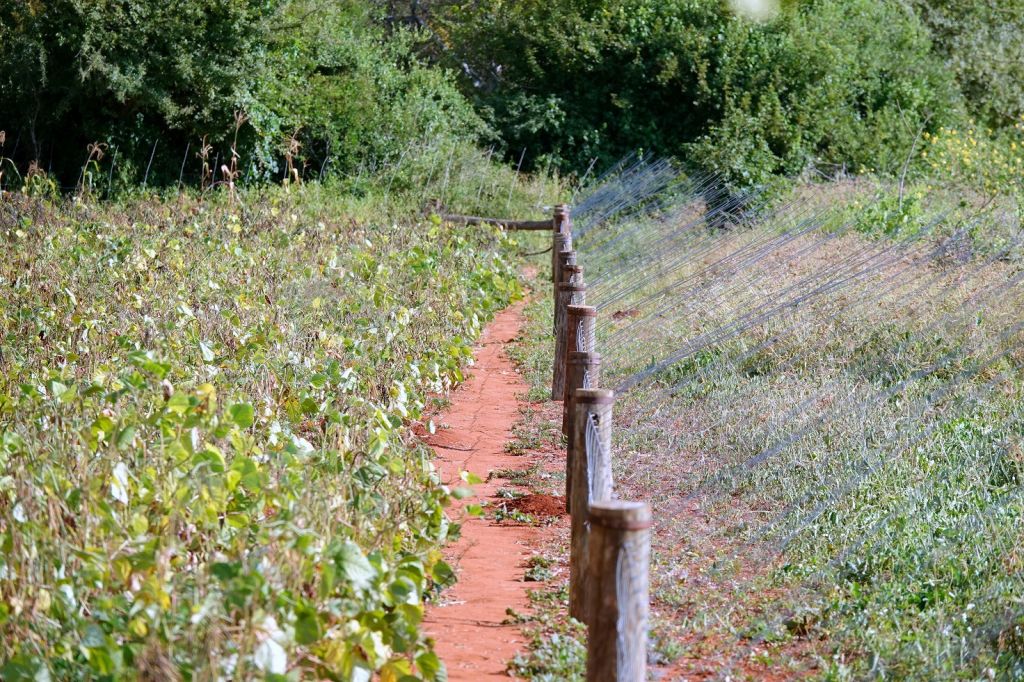
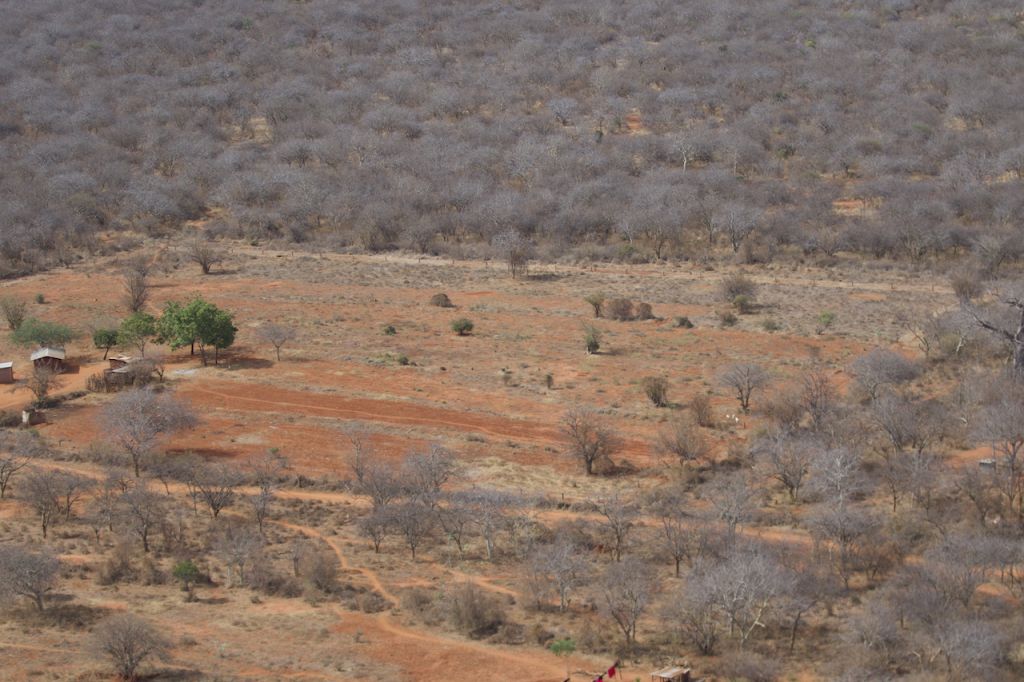
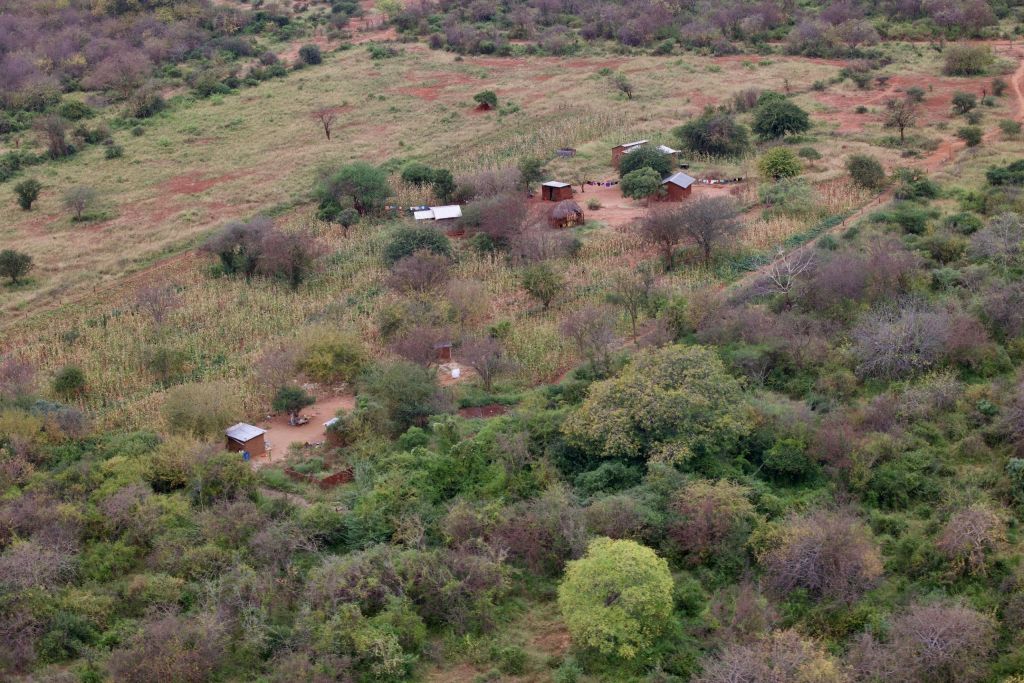
 01.05.2021 - 30.04.2022
01.05.2021 - 30.04.2022
Eastern Africa
 01.04.2021 – 31.03.2022
01.04.2021 – 31.03.2022
Eastern Africa
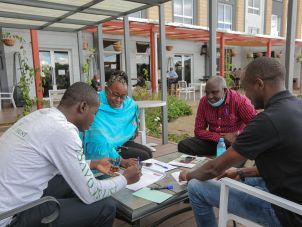 2021.07.01 – 2021.11.30
2021.07.01 – 2021.11.30
Eastern Africa
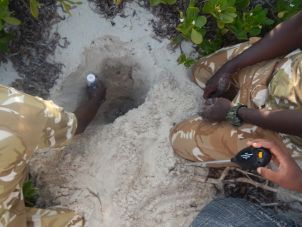 October 1, 2020 – September 30, 2022
October 1, 2020 – September 30, 2022
Eastern Africa
 grant 2, Medium Grant,
August 27, 2020 - June 26, 2023
grant 2, Medium Grant,
August 27, 2020 - June 26, 2023
Eastern Africa
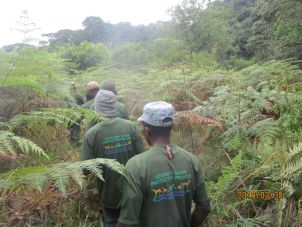 Rapid Response Grant,
Rapid Response Grant,
Eastern Africa
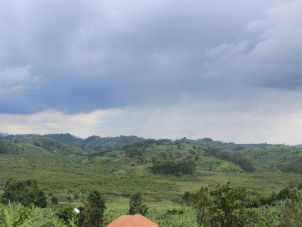
Eastern Africa
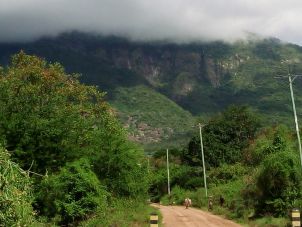
Eastern Africa
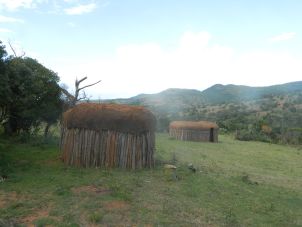
Eastern Africa
 November 1, 2020 - October 31, 2021
November 1, 2020 - October 31, 2021
Eastern Africa
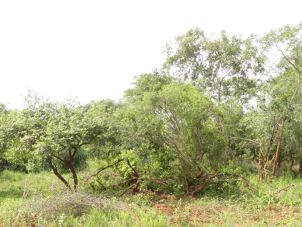 September 01, 2020 - August 31, 2021
September 01, 2020 - August 31, 2021
Eastern Africa
